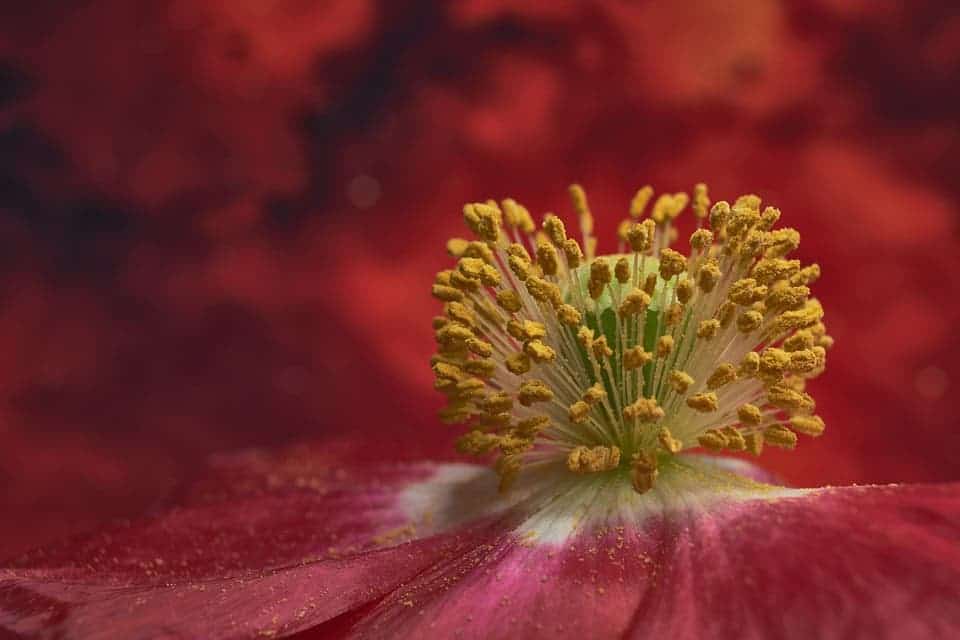Neonicotinoids, one of the most widely-used pesticide classes, present a major danger to pollinating insects.

A research team with members from Friends of the Earth, Toxicology Research International, and Pesticide Research Institute reports that neonicotinoids are far more toxic to insects, including those not targeted by agricultural practices, than prior industrial insecticides. All in all, this class of insecticides represents a major danger to pollinating insects, they conclude.
Full-spectrum insecticide
The team carried out a study of insecticide toxicity loading focusing on chemical pesticides that are used on agricultural lands in the U.S. They analyzed the impact of increased use of neonicotinoids on farming products in the country, noting that their use has increased dramatically in the past 20 years.
Neonicotinoids target the nervous systems of insects. They’re less toxic to humans than other insecticides and are quite cheap to make — so they’re very popular for agriculture.
However, the team notes that neonicotinoids are also much more toxic to all insects than previously-used pesticides — even those that our insecticides aren’t meant to kill. They also last a lot longer in the soil and are water-soluble, which means they travel from the soil to the water table when it rains.
The researchers worked with data on agricultural lands taken from a variety of sources, such as the National Agricultural Statistics Service. They report finding dramatic changes in the patterns of pesticide use over the last decades. Pyrethroids used to be the main pest-control compound, but now neonicotinoids dominate.
There are three main neonicotinoids currently in use: imidacloprid, clothianidin, and thiamethoxam. Two are made by Bayer (which owns Monsanto) and the other by Syngenta. These compounds are used to coat seeds, as a spray on citrus trees, and as a soil drench of annuals. Soybeans and corn are the main crops on which neonicotinoids are used.
Finally the team report that multiple studies on this issue have concluded that neonicotinoids harm insects, particularly pollinators and the animals that eat them. They point out that the insecticide has been found in plant tissue, pollen and nectar, and even honeydew.
All in all, they conclude, neonicotinoids represent a major danger to pollinating insects, particularly bees.
The paper “An assessment of acute insecticide toxicity loading (AITL) of chemical pesticides used on agricultural land in the United States” has been published in the journal PLOS One.






